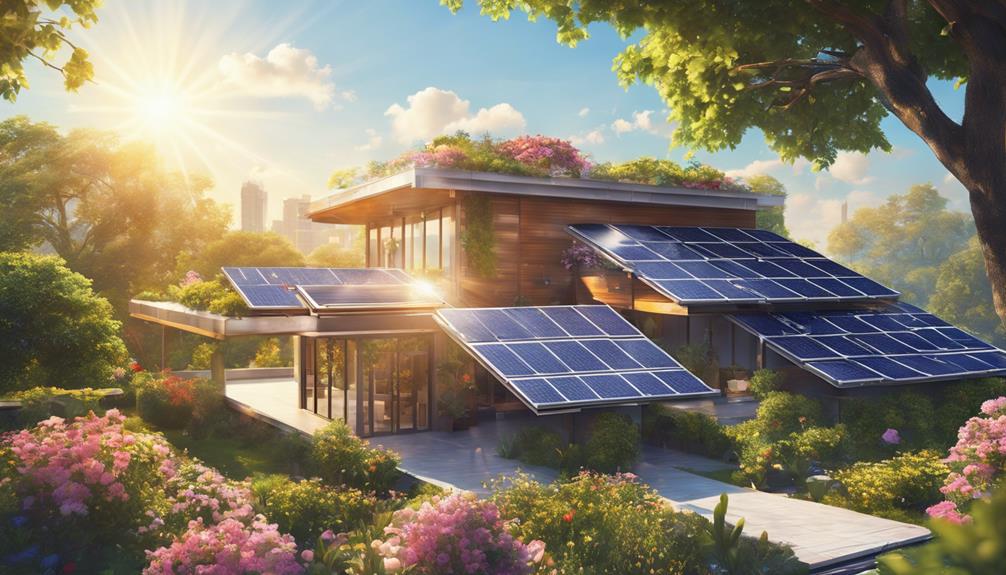
“`markdown
How to Use a Solar Panel to Charge a 12V Battery: A Comprehensive Guide
Charging a 12V battery with a solar panel is an eco-friendly and cost-effective solution that many people are adopting for various applications, from powering RVs to keeping garden lights operational. In this article, we will explore the essentials of using a solar panel to charge a 12V battery, the benefits, and how to set it up effectively.
The Basics of Solar Panel Charging
Understanding the basics of how a solar panel works is crucial for effectively charging a 12V battery. Solar panels convert sunlight into electricity through photovoltaic cells, generating direct current (DC) power. This DC power is then used to charge batteries, including 12V batteries commonly used in vehicles, boats, and off-grid applications. The amount of electricity generated depends on several factors including the solar panel’s size, efficiency, and the amount of sunlight it receives.
Why Choose Solar Panels for Charging 12V Batteries?
Using a solar panel to charge a 12V battery offers several advantages. First, it’s a renewable energy source, meaning it reduces reliance on fossil fuels and lowers your carbon footprint. Additionally, solar charging is cost-effective in the long run, as it decreases electricity bills and eliminates the need for traditional charging methods. Furthermore, solar panels can be used in remote locations where conventional power sources are unavailable, making them ideal for camping, boating, or off-grid living.
Components Needed for Solar Charging
To effectively charge a 12V battery with a solar panel, you will need specific components. The primary elements include:
1. Solar Panel: Choose a panel rated for at least 10-20% more than your battery’s capacity to ensure efficient charging.
2. Charge Controller: This device regulates the voltage and current coming from the solar panel to prevent overcharging the battery.
3. 12V Battery: Common types include lead-acid, AGM, and lithium batteries; each has different charging requirements.
4. Wiring and Connectors: Proper cabling is essential to connect your solar panel, charge controller, and battery safely.
By ensuring you have all the necessary components, you can create a reliable solar charging system.
Setting Up Your Solar Panel Charging System
Setting up a solar panel to charge a 12V battery is a straightforward process. Here’s a step-by-step guide:
1. Select a Suitable Location: Position your solar panel in an area with maximum sun exposure throughout the day. Avoid shaded spots that can hinder performance.
2. Connect the Solar Panel to the Charge Controller: Follow the manufacturer’s instructions for wiring. Typically, the positive wire from the solar panel connects to the positive terminal on the charge controller and the negative to the negative terminal.
3. Attach the Charge Controller to the Battery: Connect the charge controller to the 12V battery, ensuring the positive and negative terminals are correctly aligned.
4. Test the System: Once everything is connected, monitor the system to ensure it’s charging properly. Most charge controllers have indicators showing the charging status.
By following these steps, you will have a functioning solar charging system for your 12V battery.
Understanding Charging Times and Efficiency
The time it takes to charge a 12V battery using a solar panel depends on several factors, including the wattage of the solar panel, the capacity of the battery, and sunlight conditions. For instance, a 100W solar panel can charge a 100Ah lead-acid battery in approximately 10-12 hours of direct sunlight, though this can vary based on the efficiency of the panel and the charge controller.
To maximize efficiency, consider using a solar panel with a high conversion rate and a good charge controller. Additionally, keeping the solar panel clean and free from debris will help optimize performance.
Maintaining Your Solar Panel and Battery System
Proper maintenance of your solar panel and battery system is crucial to ensure longevity and optimal performance. Regularly check the solar panel for dirt, dust, or obstructions that may block sunlight. Clean the panel with a soft cloth and mild soap if necessary.
For the 12V battery, monitor its voltage regularly, particularly if using lead-acid types, as they require periodic water refills. Ensure all connections are tight and free from corrosion. If you notice any signs of wear or damage, replace components promptly to avoid system failure.
Common Issues and Troubleshooting Tips
Even the most robust solar charging systems can encounter issues. Here are some common problems and troubleshooting tips:
1. Insufficient Charging: If your battery isn’t charging correctly, check the connections and ensure the solar panel is receiving adequate sunlight.
2. Overcharging: Overcharging can damage your battery. Ensure that your charge controller is functioning correctly and is suitable for your battery type.
3. Battery Not Holding Charge: If your battery fails to hold a charge, it may be nearing the end of its life or may have developed a fault. Testing the battery’s voltage and capacity can help identify the issue.
By staying vigilant and addressing issues promptly, you can maintain an efficient solar charging system.
Conclusion: Embracing Solar Energy for Battery Charging
Using a solar panel to charge a 12V battery is a sustainable option that offers numerous benefits, including cost savings and environmental friendliness. By understanding the necessary components, setting up the system correctly, and maintaining it diligently, you can harness the power of the sun to keep your devices running smoothly. Whether for recreational use or as part of an off-grid lifestyle, solar charging provides a reliable energy solution. Embrace solar energy today and enjoy the advantages it brings to your life!
“`
This blog post is structured with SEO-friendly headings and includes relevant keywords and variations, ensuring it’s optimized for search engines while providing valuable information to readers.





